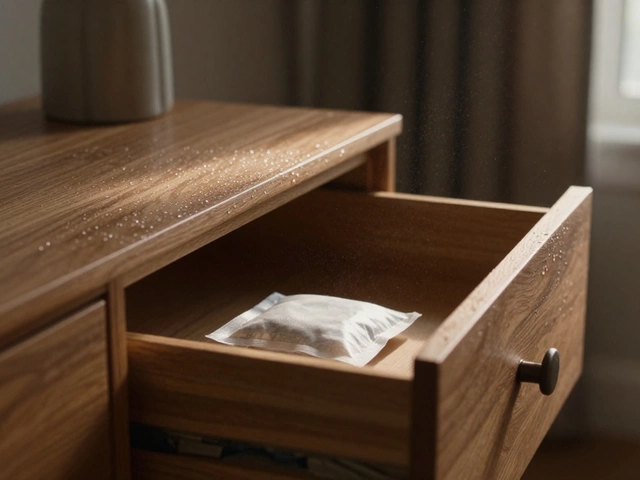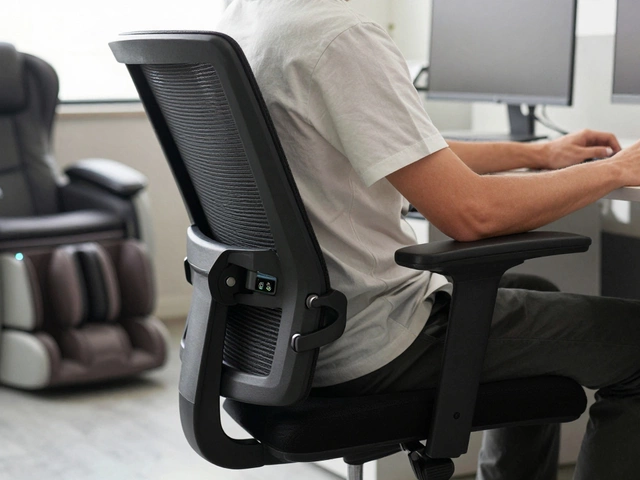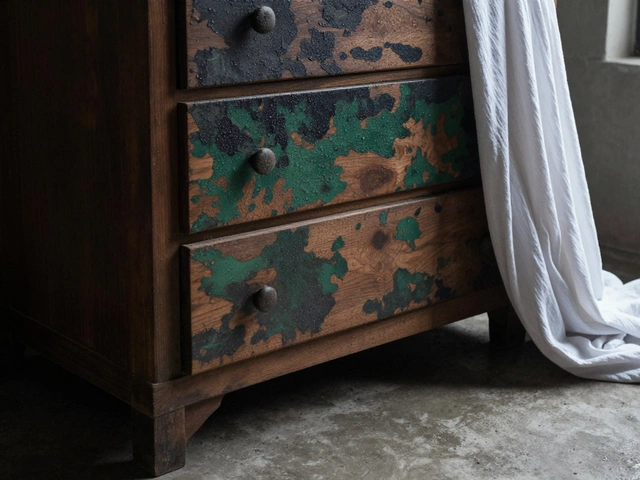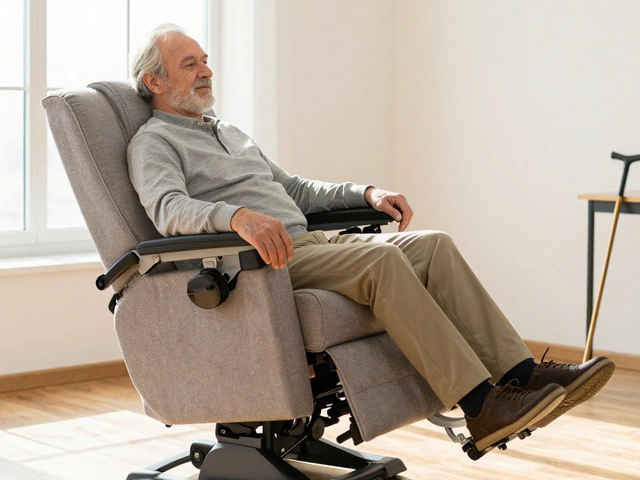Back Pain From Couch: Quick Ways to Get Relief
Ever notice a sore ache after binge‑watching a series on your sofa? You’re not imagining it – the way a couch is built can push your spine into an unhealthy position. The good news is you don’t need to toss the couch. Small changes in how you sit, a few accessories, and smart buying choices can turn that pain into comfort.
Why Your Couch Triggers Back Pain
Most sofas have a deep seat and low back support. When you sink in, your pelvis tilts forward and the natural curve of your lower back flattens. That flattening compresses the discs and strains the muscles. If the cushions are too soft, they don’t give enough push to keep your hips aligned with your knees. Add to that a lack of lumbar support and you’ve got a recipe for ache after a short sit.
Another hidden culprit is the armrest height. If they sit too low, you hunch forward to reach the TV or a book, pulling the shoulders up and tightening the upper back. Over time, these habits add up and turn a casual couch session into a painful habit.
Simple Fixes You Can Try Tonight
Start with a lumbar pillow or a rolled‑up towel placed just above your hips. This tiny prop restores the natural curve and takes pressure off the discs. Make sure the pillow is firm enough to hold shape but soft enough to feel comfortable.
Adjust your sitting angle. Aim for a 90‑degree angle at the hips and knees. If the sofa is too low, add a firm cushion on the seat to raise yourself a few centimeters. This simple lift can align your spine and reduce the forward tilt.Mind your posture while you watch. Keep your shoulders relaxed and pull them slightly back. Imagine a string gently lifting the crown of your head toward the ceiling – that cue helps keep the spine tall without straining the neck.
Don’t forget your feet. Plant them flat on the floor or on a small footstool. If your feet dangle, the lower back arches unnaturally, worsening the ache. A sturdy footrest keeps the pelvis stable and the spine neutral.
Finally, give your body breaks. Set a timer for every 30 minutes and stand up, stretch, or walk around. Even a brief stretch of the hamstrings and hip flexors can release tension built up from sitting.
If you’ve tried these tweaks and still feel pain, it might be time to rethink the couch itself. Look for sofas with firm, high‑density foam or a supportive spring core. A slightly higher back that follows the natural lumbar curve can make a huge difference. Upholstery matters too – leather and tightly woven fabrics tend to hold shape better than overly plush fabrics that flatten under weight.
When shopping, sit on the sofa for at least a minute. Check that your hips stay level with your knees and that the lower back feels supported. If possible, bring a lumbar pillow you already use at home to test how the couch feels with extra support.
In summary, back pain from couch isn’t a sign you need a new living room. It’s often a matter of posture, support, and a few smart accessories. By adding a lumbar prop, adjusting seat height, keeping feet grounded, and taking regular movement breaks, you can keep your favorite spot pain‑free. And if you’re in the market for a new sofa, prioritize firm cushions, built‑in lumbar support, and a seat height that lets your knees stay at a right angle. Your spine will thank you, and you’ll get back to enjoying those movie marathons without the ache.
Is Sleeping on a Couch Every Night Bad for You? Expert Insights & Tips
Get real talk about sleeping on a couch every night: the real effects on your body, tips for making it safer, and why your back might be complaining.





